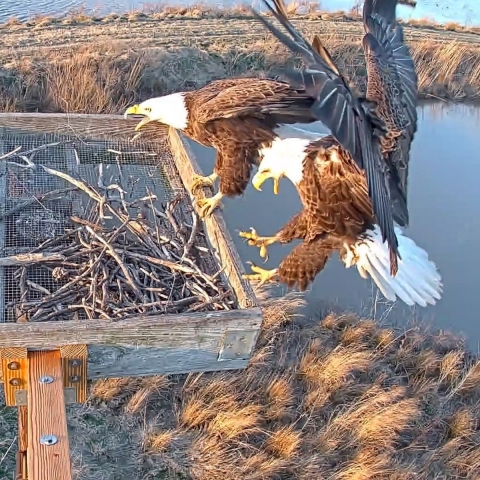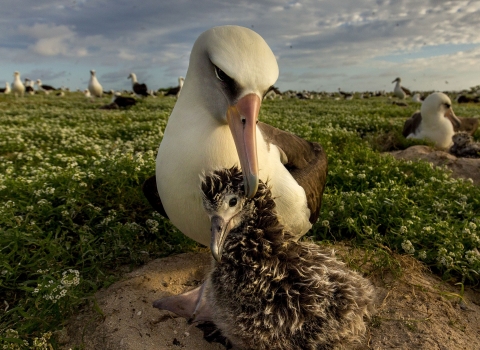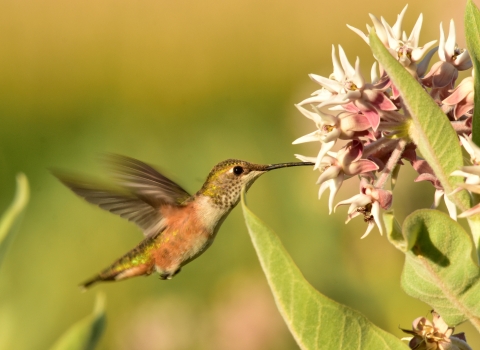It’s no accident that national wildlife refuges are some of the birdiest places on Earth.
The birds arrived first; refuges followed. In fact, the National Wildlife Refuge System was largely built for birds.
President Theodore Roosevelt set the path. In 1903 when he established Florida’s Pelican Island as the nation’s first wildlife refuge, he did so to save its brown pelicans from market hunters. By 1909 Roosevelt had established 51 bird refuges across the country.
Today, the Refuge System’s more than 560 refuges remain vital to bird survival. The refuges are located where they are because that’s where the birds are.
What Makes Refuges So Birdy?
Refuges are located along the nation’s four main migratory bird flyways.
The four main flight paths birds follow each spring and fall between their breeding grounds and overwintering grounds take them over strings of national wildlife refuges that serve as resting and feeding stops. More than 200 refuges were established specifically to protect, manage and restore habitat for migratory birds.
Birds’ needs drive refuge management.
Refuges manage water for birds by lowering some refuge wetlands’ levels and raising others to ensure adequate supply, even in drought. Some refuges partner with farmers to leave crops for birds, as with sandhill cranes at Bosque del Apache National Wildlife Refuge in New Mexico (above). Many refuges flood crop fields to create wetlands for water-dependent ducks and geese and encourage the growth of aquatic invertebrates like shrimp and fly larvae for them to feed on.
Refuges lead bird recovery efforts.
Many refuges, such as Mississippi Sandhill Crane National Wildlife Refuge, Attwater Prairie Chicken National Wildlife Refuge in Texas and Hopper Mountain National Wildlife Refuge in California, were established to protect a specific endangered species of birds. With their partners, these refuges oversee efforts to reverse declines in bird populations. Tactics may include captive breeding, nest monitoring and chick rearing as well as habitat improvement.
Refuges know birds.
Refuges are managed by people who are wild about birds and eager to share their knowledge. Refuges offer trails and wildlife drives and observation towers for easier bird viewing. Some offer eBird stations to help visitors report sightings and learn what birds others are seeing. Many host bird walks and bird counts and encourage participation in annual Duck Stamp bird-art contests. Many host bird festivals in spring and fall.
Stories:
"Wildlife Refuges: Where the Birds Are"
“Seven Great National Wildlife Refuges Everyone Should Visit” (Audubon)










